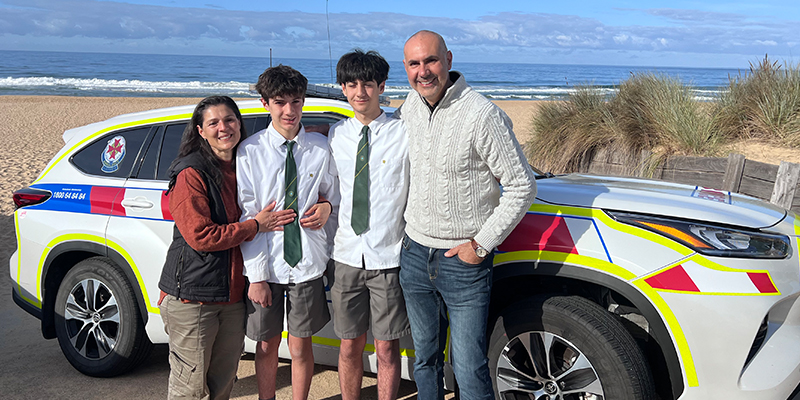- Piper PA-25 was likely at a weight that did not permit sufficient performance to outclimb trees shortly after take-off from a private landing area at Seaview, Victoria;
- Analysis indicated power generated by engine may have been slightly lower than normal;
- Operators and pilots are reminded of the hazards associated with operations from small landing areas that are not prepared as permanent runways.
An agricultural-spreading aircraft which collided with terrain at Seaview, Victoria, was likely carrying too much fertiliser to clear trees at the end of the private landing area being used, an Australian Transport Safety Bureau investigation has concluded.
The pilot and sole occupant of a Piper PA-25-235/A9, registered VH-SEH, was fatally injured when the outboard section of the aircraft’s left wing impacted trees and detached from the aircraft shortly after take-off, resulting in a collision with terrain, on the morning of 23 February 2022.
“The pilot was taking off for the first run of the day, so had almost full fuel on board,” ATSB Director Transport Safety Dr Michael Walker said.
“While the amount of fertiliser on board could not be determined, it was likely the aircraft’s weight exceeded the performance-limited maximum take-off weight for the strip, as well as the aircraft’s documented maximum take-off weight.”
The pilot had conducted take-offs on the Seaview runway strip in previous years, but an increased height of trees at the northern end of the strip since it was last used by the pilot had reduced safety margins to some extent.
“Aircraft operators and pilots should remind themselves of the hazards associated with operations from small landing areas that are not prepared as permanent runways,” Dr Walker said.
“In any case, pilots should ensure aircraft loads are within specified limits, appropriate for the environmental conditions, and will result in the required performance to maintain safety margins.”
Physical and recorded evidence analysed by the ATSB indicated the power generated by the engine during the take-off may have been slightly lower than normal, although there was insufficient evidence to reach a firm conclusion.
“It is possible the engine was negatively impacted by the volume of water present within the air, affected by carburettor ice, or the carburettor heat selector may have been inadvertently left on during take-off,” Dr Walker said.
The ATSB’s final report also notes the pilot likely initiated a jettison of the hopper contents shortly after becoming airborne, but any effect this had on the aircraft’s performance was probably negligible.
You can find here the report Collision with terrain involving Piper PA-25, VH-SEH Seaview, Victoria, on 23 February 2022







